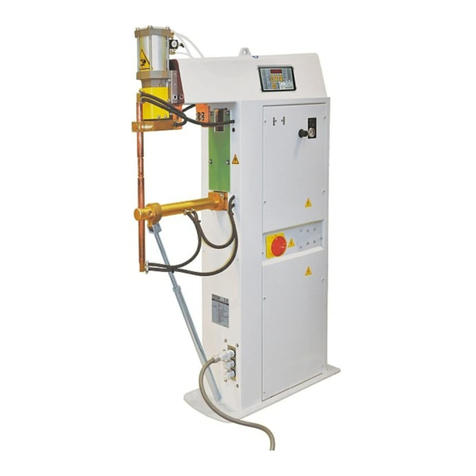Pro Spot Hybrid Series Quick start guide
Other Pro Spot Welding System manuals

Pro Spot
Pro Spot PR-2000 User manual
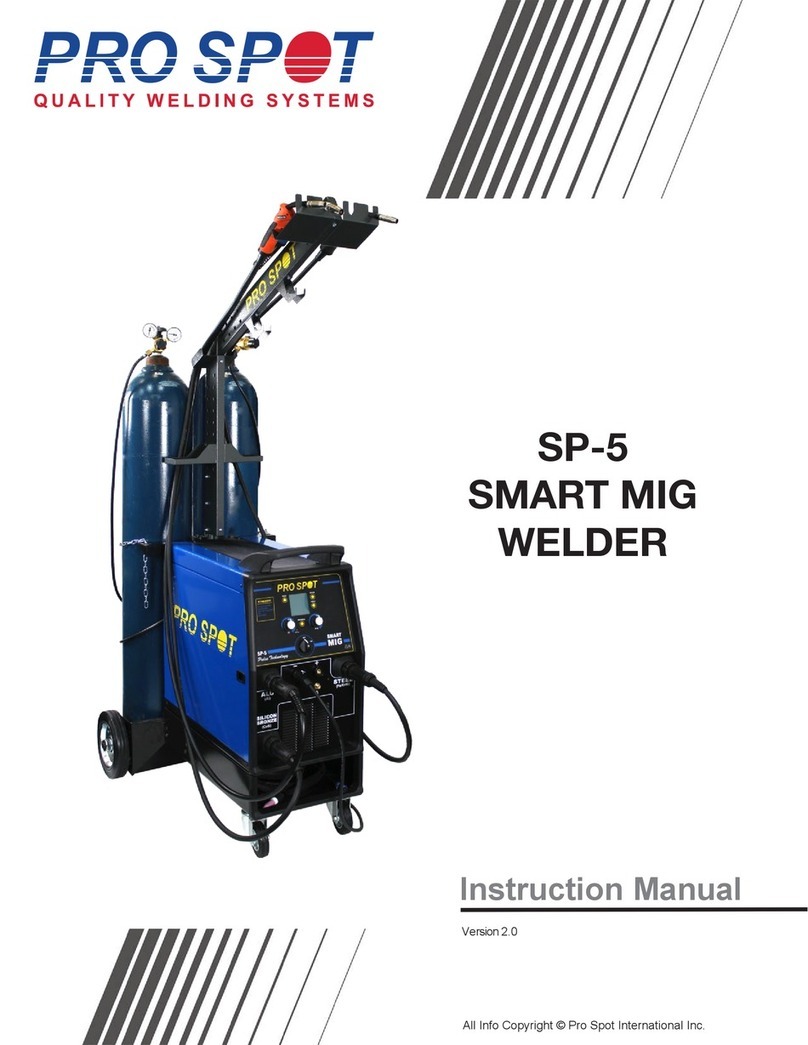
Pro Spot
Pro Spot SP-5 User manual
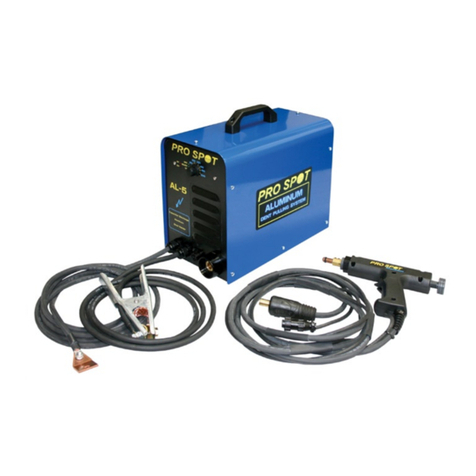
Pro Spot
Pro Spot AL-5 User manual
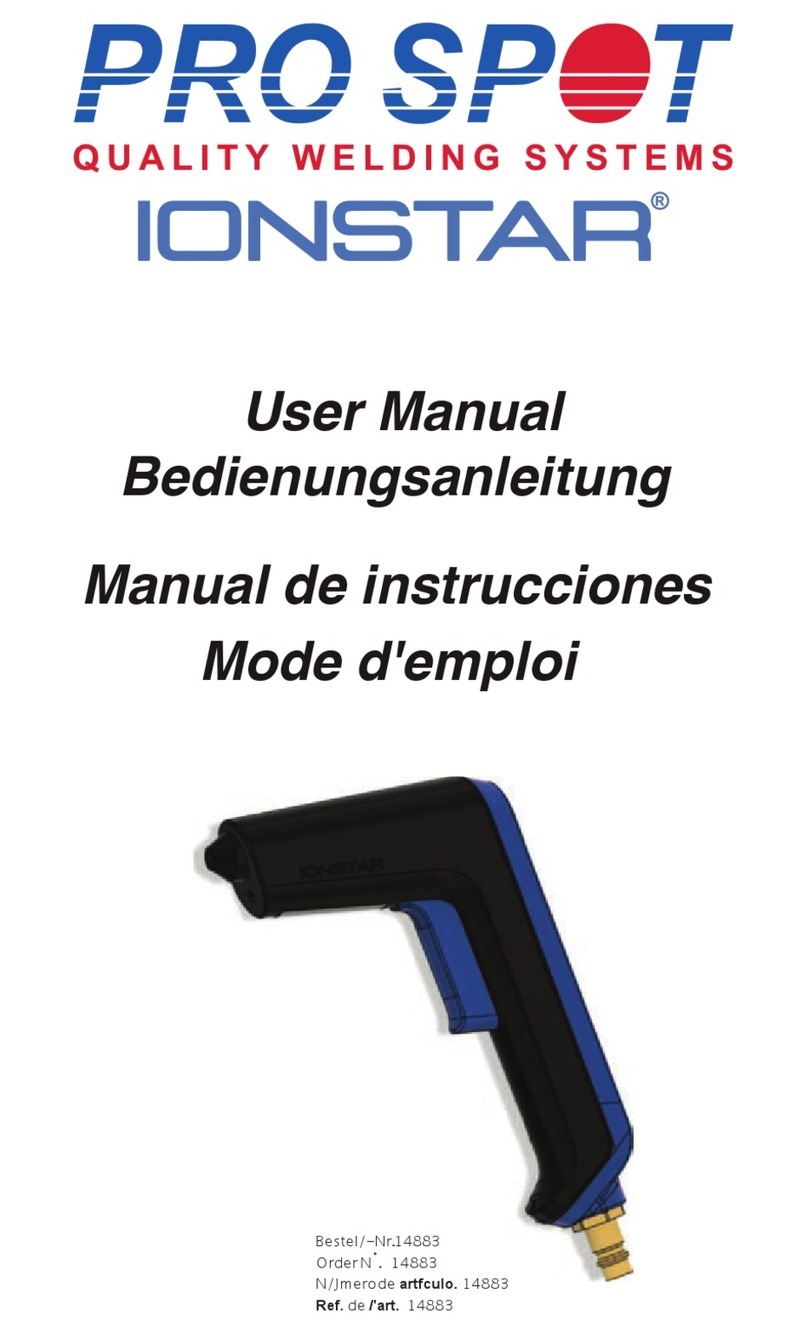
Pro Spot
Pro Spot IONSTAR 14883 User manual
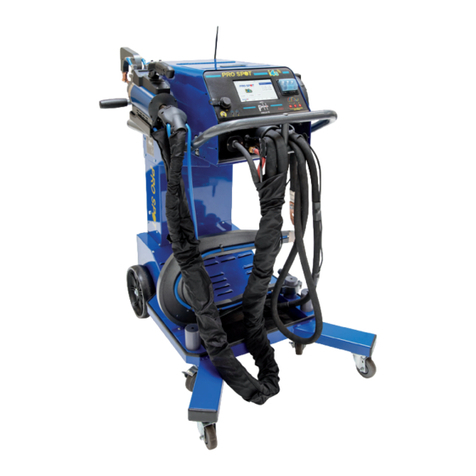
Pro Spot
Pro Spot i4s User manual
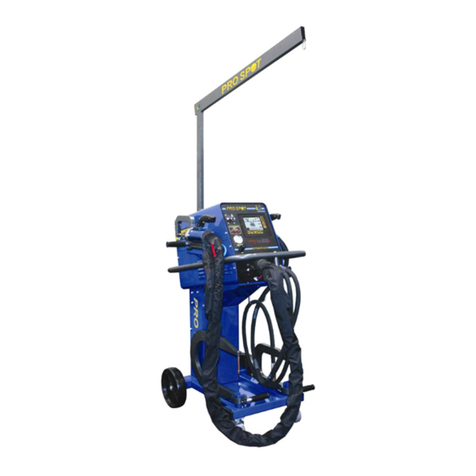
Pro Spot
Pro Spot i4 User manual
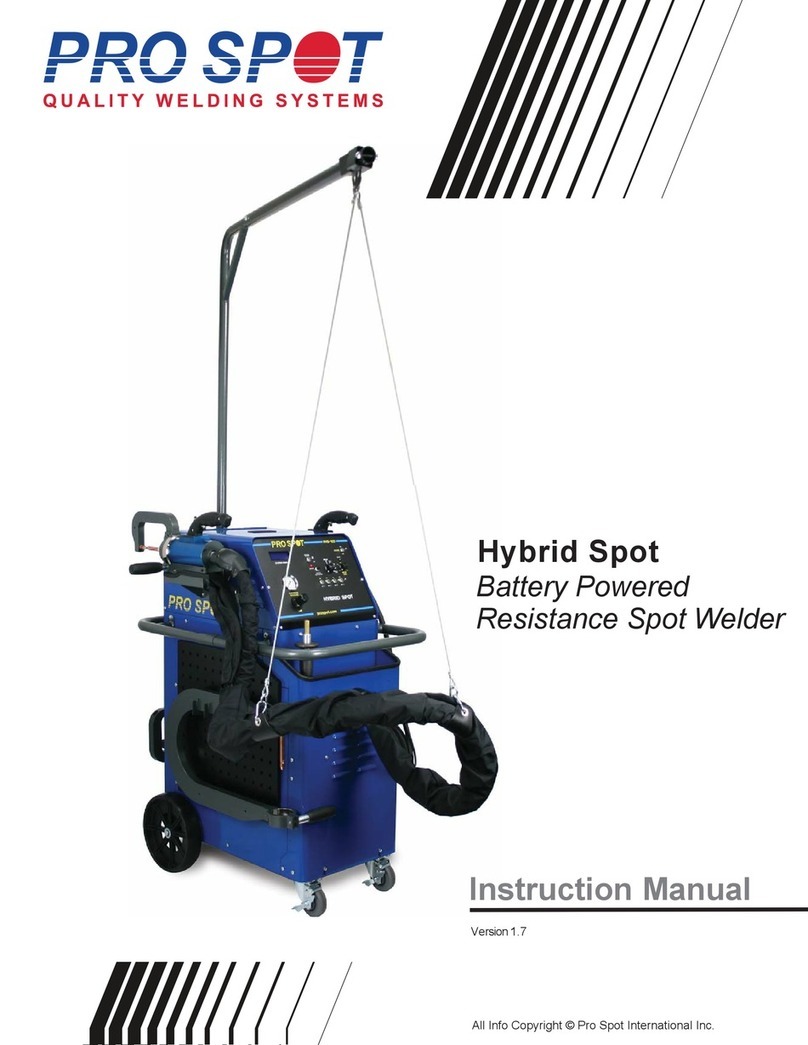
Pro Spot
Pro Spot PHS-101 User manual
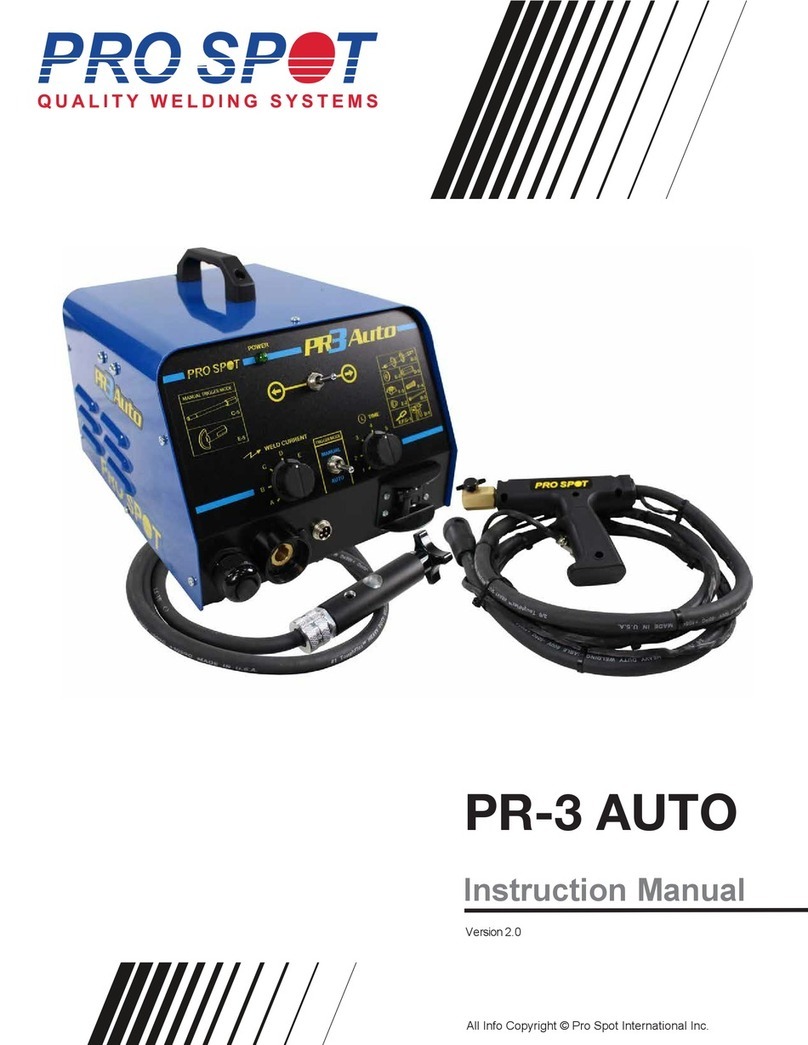
Pro Spot
Pro Spot PR-3 AUTO User manual

Pro Spot
Pro Spot PR-8 User manual

Pro Spot
Pro Spot PR-155 User manual

Pro Spot
Pro Spot PR-1.6 User manual

Pro Spot
Pro Spot SP-5 DP User manual

Pro Spot
Pro Spot PHS-101 User manual

Pro Spot
Pro Spot AL-5 User manual
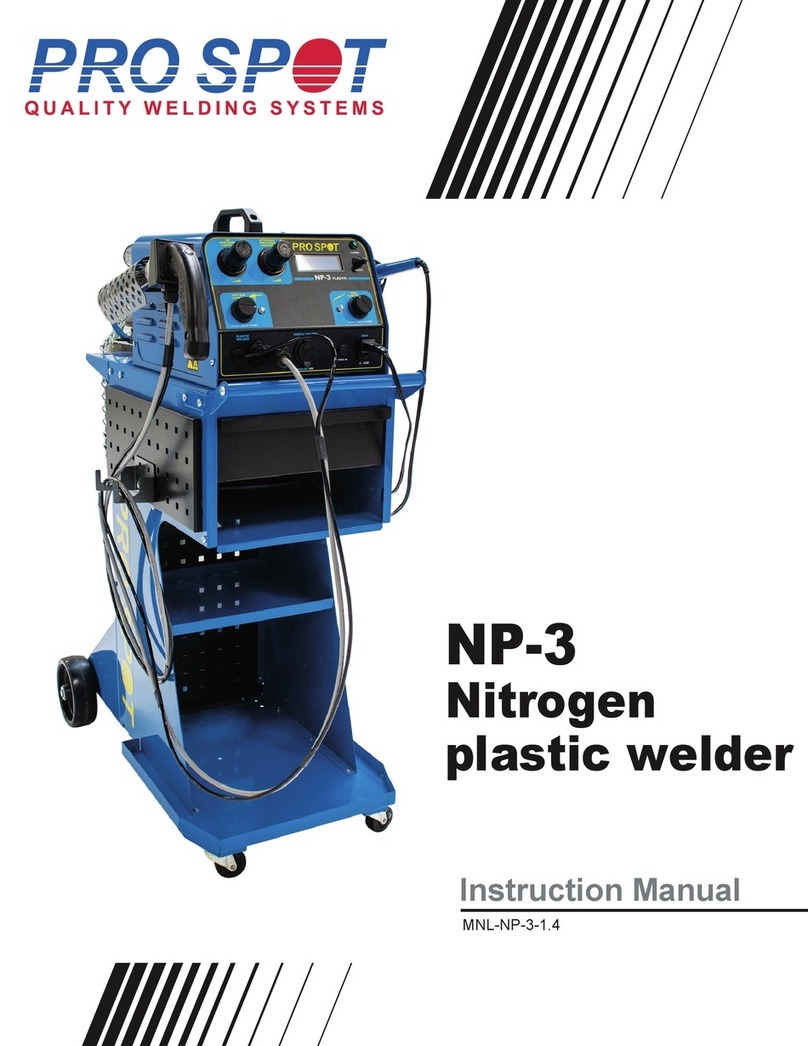
Pro Spot
Pro Spot NP-3 User manual
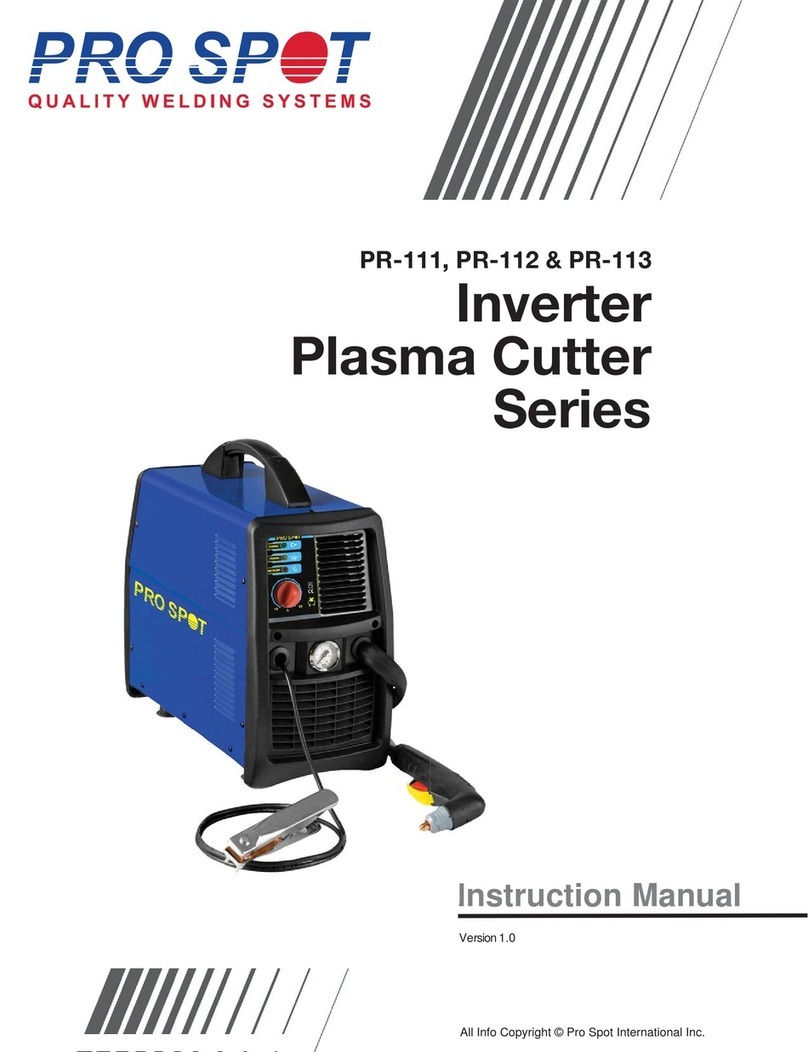
Pro Spot
Pro Spot PR-111 User manual
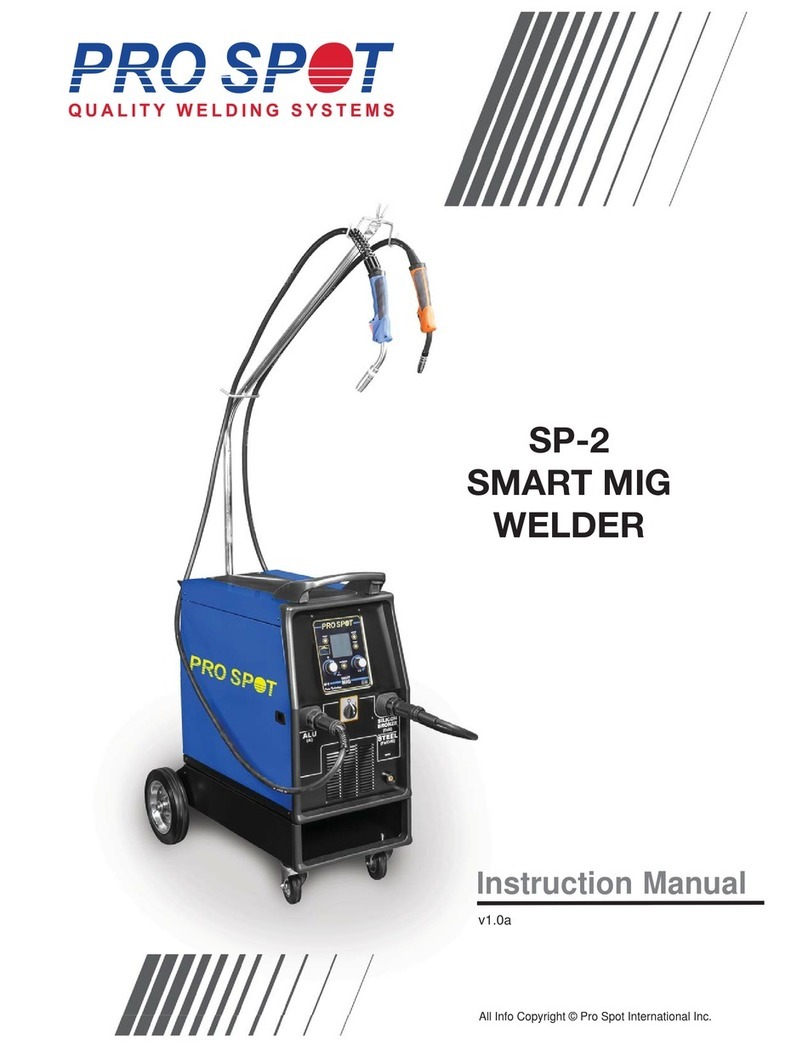
Pro Spot
Pro Spot SP-2 User manual

Pro Spot
Pro Spot i4s User manual
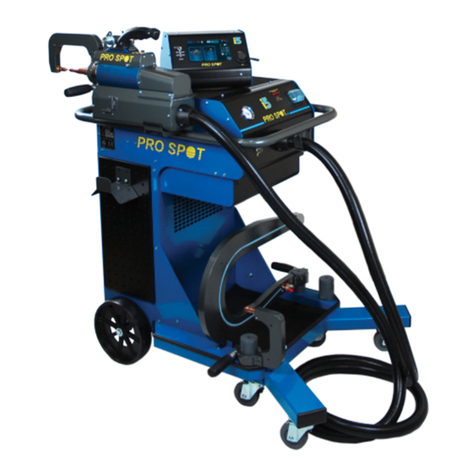
Pro Spot
Pro Spot i5 User manual
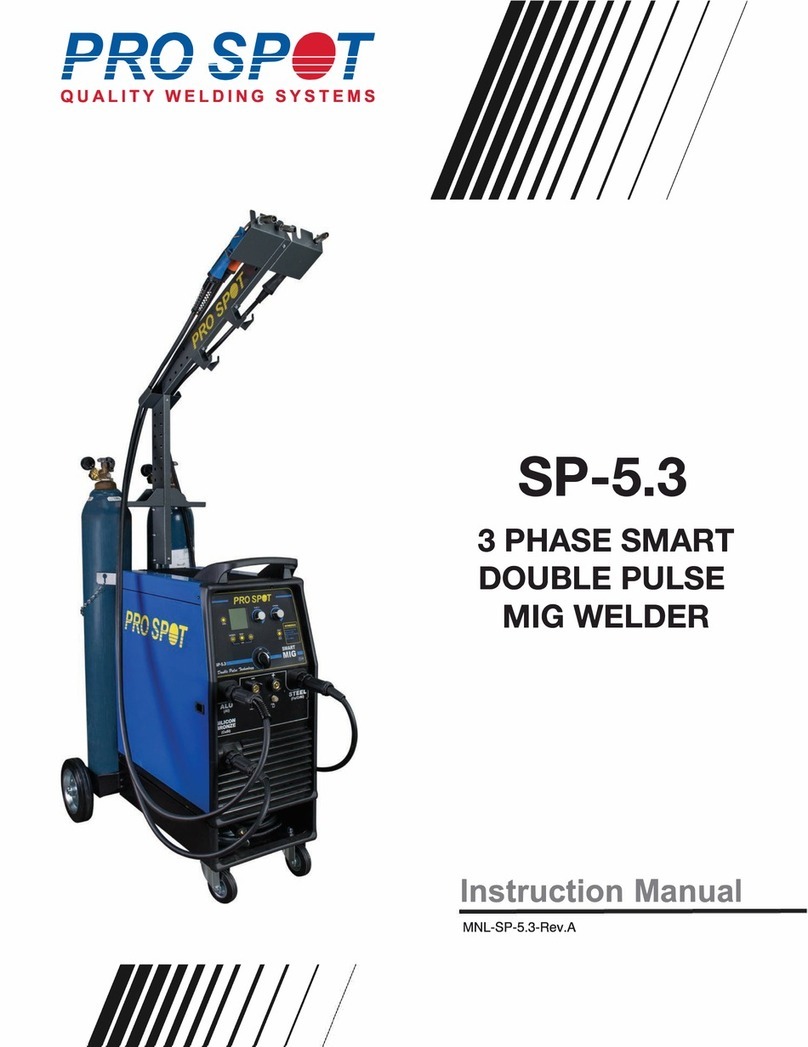
Pro Spot
Pro Spot SP-5.3 User manual
Popular Welding System manuals by other brands

Hobart Welding Products
Hobart Welding Products AirForce 375 owner's manual

GF
GF MSA 330 instruction manual

Hakko Electronics
Hakko Electronics FX-888D instruction manual

Abicor Binzel
Abicor Binzel ABIPLAS WELD 100 W operating instructions

EWM
EWM Taurus 355 Basic TDM operating instructions

Thermal Dynamics
Thermal Dynamics PakMaster 100 XL plus operating manual












